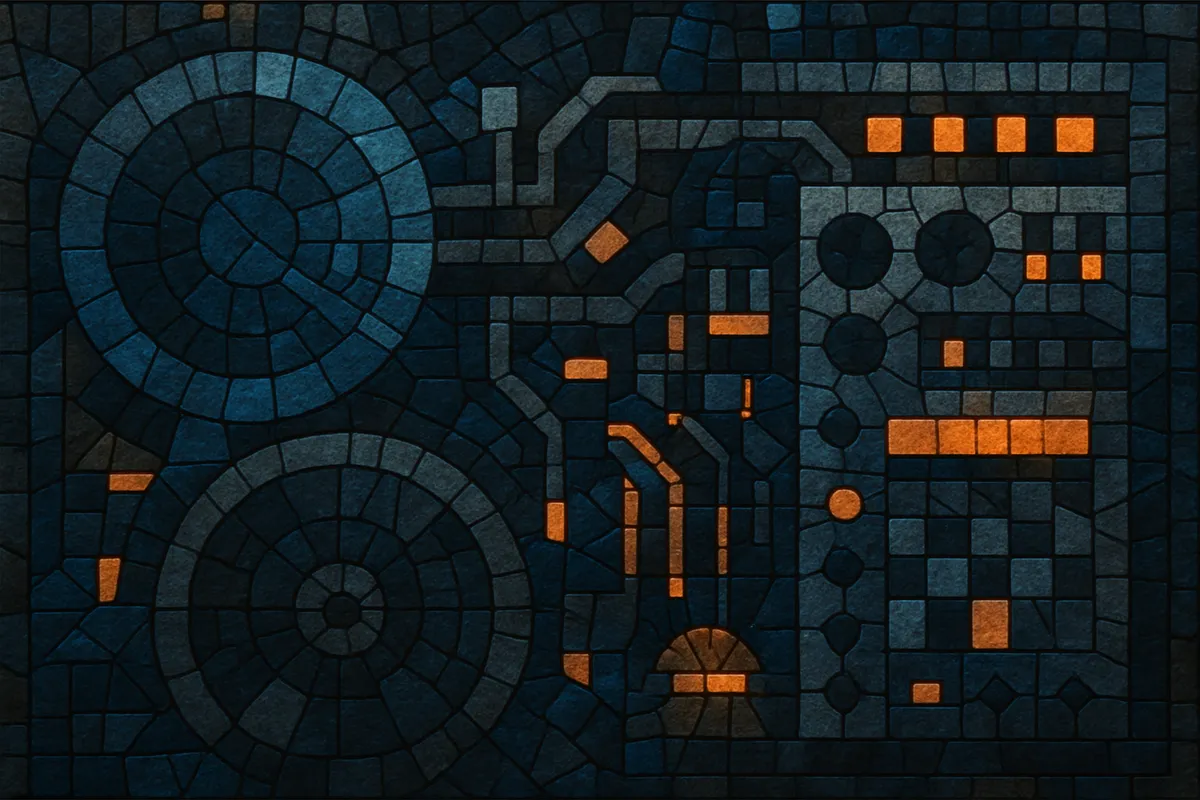Techno is a four-on-the-floor, machine-driven form of electronic dance music that emerged in mid-to-late 1980s Detroit. It is characterized by steady 4/4 kick drums, repetitive and hypnotic rhythmic patterns, synthetic timbres, and an emphasis on texture, groove, and forward momentum over elaborate harmony.
Producers typically use drum machines, sequencers, and synthesizers to build layered percussion, pulsing basslines, and evolving motifs. While often dark and minimalistic, techno spans a wide spectrum—from soulful, futuristic Detroit aesthetics to hard, industrially tinged European strains—yet it consistently prioritizes kinetic energy for dancefloors and a sense of machine futurism.
Techno coalesced in Detroit, United States, through the work of the "Belleville Three"—Juan Atkins, Derrick May, and Kevin Saunderson—who synthesized the precision of Kraftwerk and European electronic music with the dancefloor drive of Chicago house, funk, and disco. Radio tastemakers like The Electrifying Mojo exposed Detroit to synth-pop, new wave, and European electronics, catalyzing a futurist aesthetic. Early records by Cybotron, Model 500, and Inner City articulated this sleek, machine-forward sound that celebrated innovation, mobility, and Afrofuturist imagination.
As the sound crossed the Atlantic, Berlin (Tresor, Love Parade), the UK (Warp’s bleep/techno), Belgium (R&S; new club infrastructures), and the Netherlands amplified and diversified techno. Jeff Mills, Robert Hood, Underground Resistance, and Carl Craig exported Detroit’s ethos, while European artists and labels pushed harder, darker, and more industrial flavors. Simultaneously, minimalism and reduction shaped a parallel track—stripping arrangements to hypnotic essentials.
Techno splintered into numerous strands: minimal techno (Robert Hood), dub techno (Basic Channel), hard/industrial techno (Surgeon, Dave Clarke), Schranz (Chris Liebing), and tech house (a house–techno hybrid). Festivals and global club circuits cemented the genre’s presence, while advances in software and affordable hardware broadened access to production.
A renewed interest in raw, warehouse-oriented aesthetics coincided with the rise of peak-time big-room techno, modular synthesis, and hybrid live/DJ performances. Global hubs—Berlin, Detroit, Amsterdam, Tbilisi, and beyond—sustain vibrant ecosystems. Despite shifts in fashion, techno retains its core: hypnotic repetition, engineered tension and release, and a commitment to dancefloor functionality and sonic futurism.


